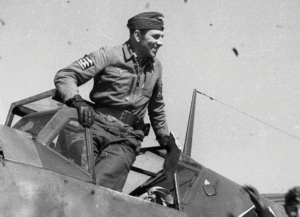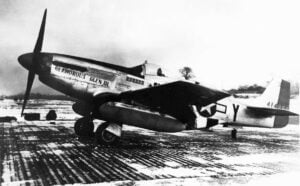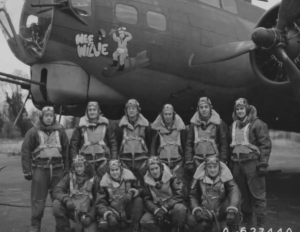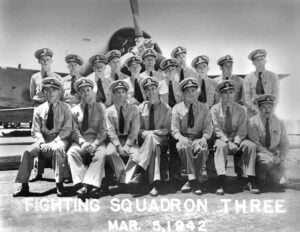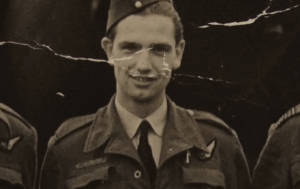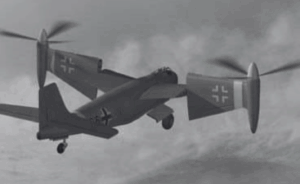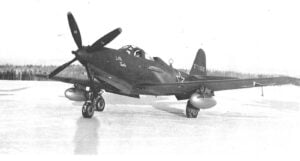They Flew World War II’s Most Dangerous Missions — Without Combat Pay, Rank, or Recognition

https://research.archives.gov/description/535775, Public domain, via Wikimedia Commons
In March 1944, Nancy Love piloted a P-51 Mustang over Ohio farmland. The powerful Merlin engine hummed at 2,500 RPM as she delivered the aircraft from the North American Aviation factory to the East Coast, destined for combat in Europe. Suddenly, at 8,000 feet, the engine quit without warning. The plane crashed instantly, killing one of America’s most experienced pilots. Across the country, dozens of newly built P-51s awaited delivery, and every loss was critical. Male combat pilots could not explain the crashes. Only the women ferry pilots flying these aircraft would uncover the truth.
The Wasp Program Takes Flight
By 1942, American factories were producing tens of thousands of aircraft annually, but pilots to deliver them to combat units were in short supply. The solution came from an unexpected source: the Women Air Force Service Pilots, or WASPs. One hundred seventy-four women flew every type of aircraft without military rank, combat pay, or official recognition. They were civilians tasked with the most dangerous missions, flying unfamiliar planes, often solo, across long distances and through unpredictable weather. A pilot might ferry a P-38 Lightning from California to New York one day and fly a B-25 bomber two days later, without co-pilot assistance or extensive checkout procedures.
Flying these “death traps” carried a risk comparable to combat. Thirty-eight WASP pilots died during service, yet their deaths were not considered line of duty. There were no military funerals, no benefits for their families, and no official acknowledgment. They delivered planes critical to the war effort, and the work was grueling and dangerous.
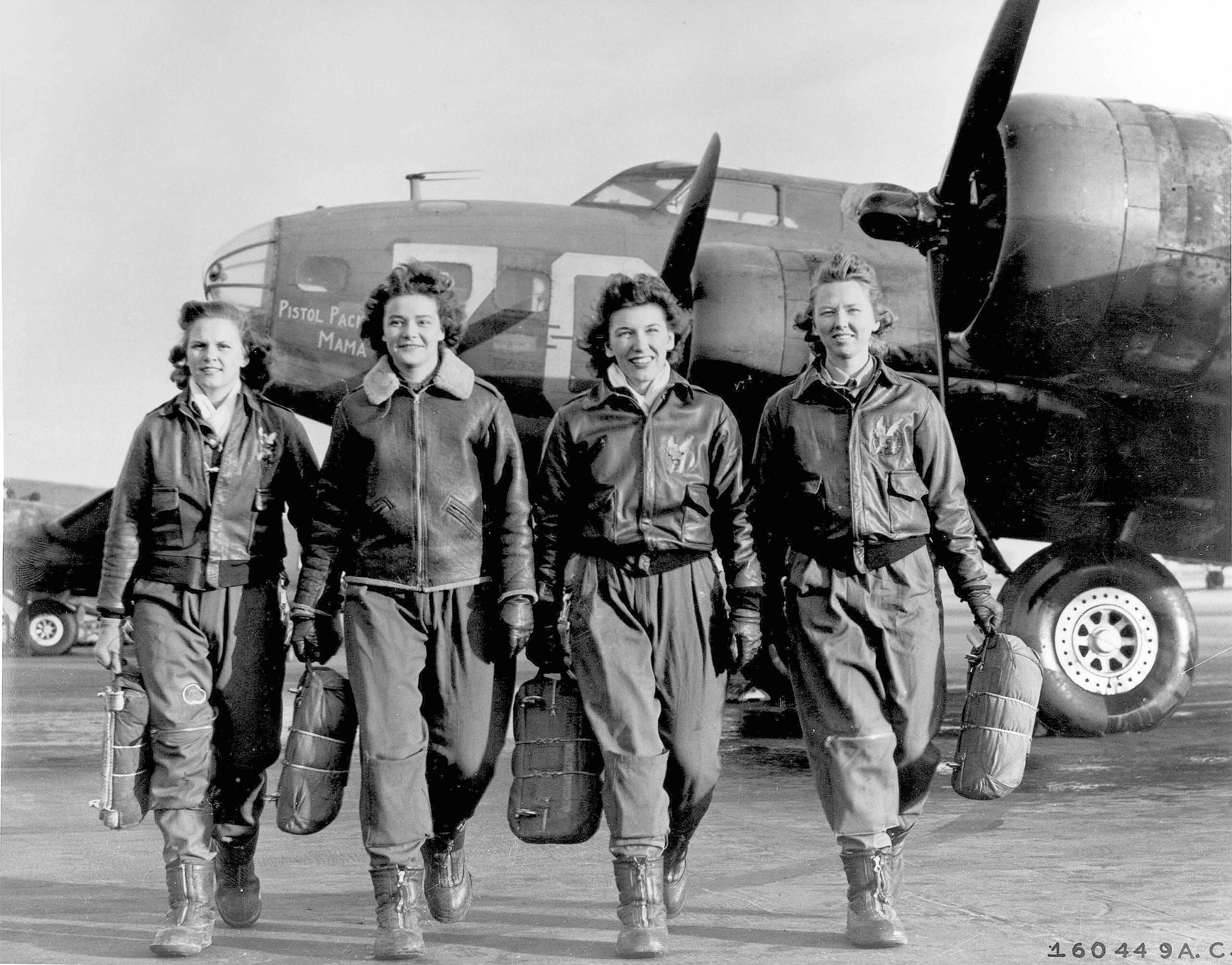
Patterns in the Crashes
The P-51 Mustang was especially problematic. Crashes during routine ferry flights seemed random at first, but Betty Blake, an aeronautical engineer and WASP pilot, noticed patterns others missed. She documented weather conditions, altitudes, flight profiles, and engine performance, creating detailed logs. The crashes always occurred under certain conditions: extended flights, moderate turbulence, and sustained periods of negative G forces. Combat pilots rarely experienced these conditions during brief dogfights or bombing runs.
Analysis revealed the cause: the P-51’s carburetor could not handle prolonged negative G forces encountered during long-distance ferry flights. Engines would quit mid-air even though fuel tanks were full and mechanical parts were intact. The planes performed flawlessly in combat but systematically failed in endurance flights, killing pilots who faced conditions outside the aircraft’s design envelope.
Discovery and Resistance
Blake presented her findings to engineers at North American Aviation. Initially, her conclusions were dismissed. The company feared admitting a design flaw would require costly retrofits and risk contract cancellations. Pilot error was blamed instead. Blake’s data, however, was undeniable. She had correlated crashes with specific atmospheric conditions, altitudes, and engine failure signatures.
Eventually, engineers tested the carburetors under sustained negative G conditions, confirming Blake’s observations. The solution was simple: an anti-G diaphragm in the carburetor costing only $12 per aircraft. Retrofitting began immediately, quietly incorporated into new production without acknowledging the flaw that had cost so many lives.

Legacy of the Women Pilots
The WASP program ended in December 1944, just months after Blake’s discovery. The women who solved the P-51’s fatal flaw never received military recognition. Their work remained classified until 1977, long after their contributions had been forgotten. They had identified and corrected a danger that could have killed hundreds of combat pilots, yet history largely ignored their efforts. The P-51 became legendary in the skies over Europe, while the women who saved countless lives remained invisible, a reminder of the hidden cost of war and the bravery of those who flew in the shadows.













